Search Images
Browse Content (p. 1532)
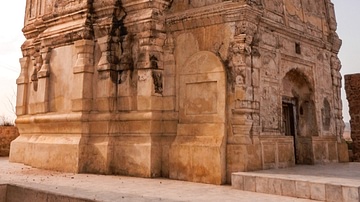
Image
Sath Graha Central Temple
The main central temple at the Sath Graha section of Katas Raj, Chakwal, Punjab, Pakistan, an ancient Hindu site dedicated to the worship of Shiva and prior to that a Buddhist site as well. This particular building is dated approximately...
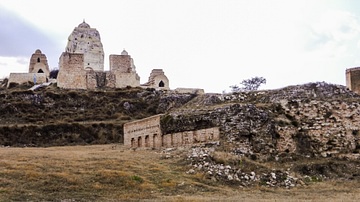
Image
Sath Graha at Katas Raj
Sath Graha or Seven Temples in the background with ruins of the Buddhist era stupa in the fore. The Temples date to the Hindu Shahi period (615-950 CE) and the Stupa is from the Asokan period at its earliest as described by Cunningham but...
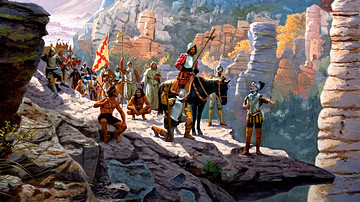
Image
Seekers of the Seven Cities of Gold
Artist's impression of how Coronado's expedition may have looked, titled "Seekers of the Seven Cities of Gold, Coronado in the Chiricahaus".
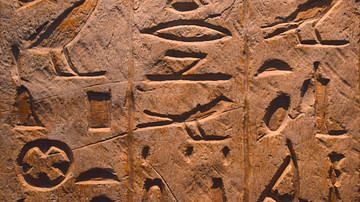
Image
Egyptian Hieroglyphics
Egyptian hieroglyphic inscription on wood, from the tomb of the general Horemheb. Saqqara, Egypt, c. 1300 BCE. Louvre Museum, Paris, France.
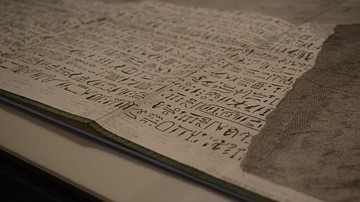
Image
Champollion's notes from the Rosetta Stone
This is a copy of the Rosetta Stone with some hand notes made by Jean-François Champollion.
This photo was taken at the Neues Museum, Berlim.
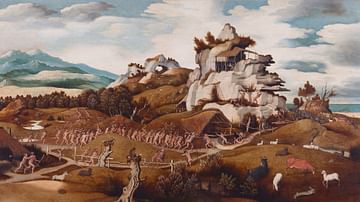
Image
Coronado attacking Zuni-Cibola
"Landscape with an episode from the Conquest of America" (Haarlem, c. 1545); oil on panel by Jan Jansz Mostaert; first painting showing the Spanish conquest of America - probably Coronado in New Mexico attacking Hawikuh (the Zuni ruins believed...
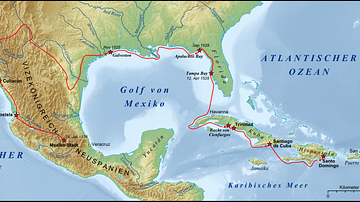
Image
Narvaez Expedition
Map of the 1528-1536 CE expedition of Álvar Núñez Cabeza de Vaca, also known as the Narvaez Expedition.
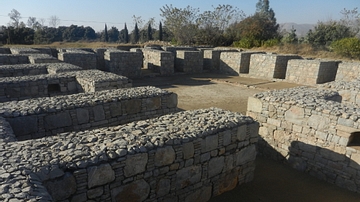
Image
Monastery at Jinnan Wali Dheri
A view of the monastery at the complex at Jinnan Wali Dheri dating to 5th Cent CE. The name literally means "The Mound of Demons" and is a modern name given due to the number of human skeletons that would emerge before excavation from the...
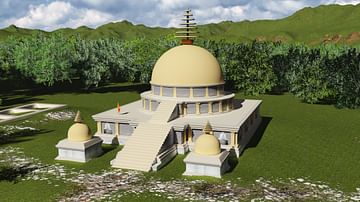
Image
Digital Reconstruction of Badalpur Monastery, Taxila
A partially complete reconstruction of the Stupa at Badalpur, one of the largest stupas in the Taxila region, dated to te 2nd-5th century CE. (Original work by the author)
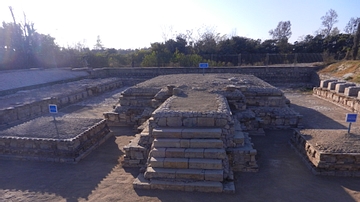
Image
Stupa at Jinnan Wali Dheri
The small but well-preserved stupa at Jinnan Wali Dheri missing its dome (at the hands of ancient looters). The stupa is exquisitely decorated and is a compact version of the larger monuments seen around Taxila and has been recently restored...